Business is all about risk. Will that new product prove to be a hit with customers? Will this updated SaaS product fulfill needs? In most cases, a business looks at calculated risks.

Predictive forecasting and analyzing customer data might tell a business how likely it is that customers will buy their product, and they also have tactics in place to mitigate the risks they are taking.
What about in marketing, though? Do you look at marketing risks when planning a campaign and, if so, what do you do to mitigate any identified risks? What are marketing risks, and how can you offset possible negative effects and risks?
Table of contents:
What Are Marketing Risks?
What Is Risk Mitigation?
Risk Frameworks
How to Mitigate Marketing Risks
The Takeaway
What Are Marketing Risks?
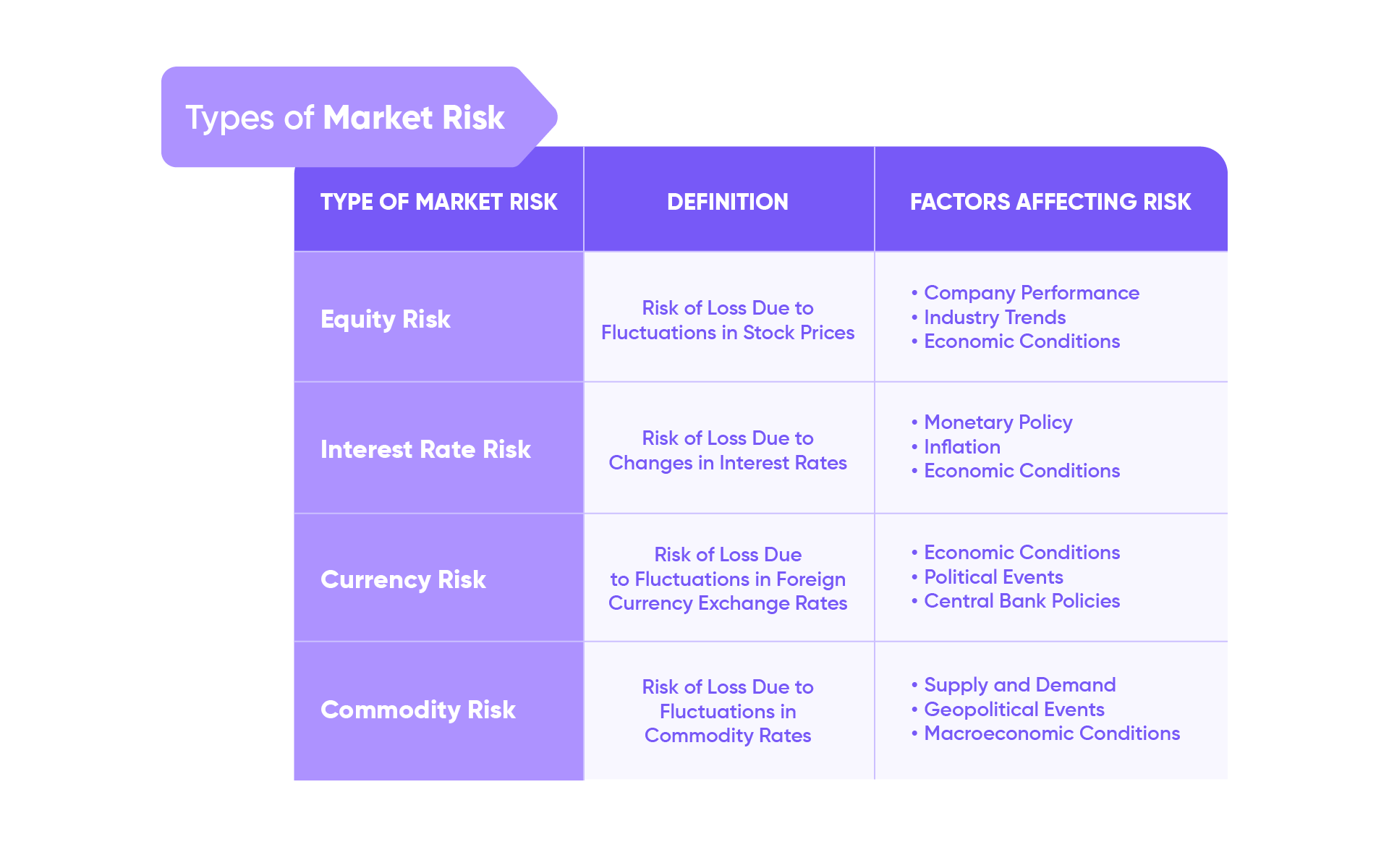
The first thing to note is that no matter how well-planned and thought-out your marketing projects are, there will always be an element of risk. Marketing relies very much on the data you have collected and what analysis of that data tells you about how customer behavior may be affected by your messaging and content.
Marketing risk management is a process where you look at the different areas where things could go wrong and have plans in place to mitigate those marketing risks. The places in your marketing tactics where risks could arise include:
- Promotion - This can be one of the main areas for risk potential. You might be focusing on the wrong channel(s) to publish your messages, or your messaging may not connect with your target audience. You also have to consider whether any messaging offends audiences due to cultural differences.
- Distribution - You may not consider logistics to be part of your marketing plan, but if you can’t deliver a product after promising to do so, then you have fallen short of customer expectations.
- Pricing - It’s often the marketing department that decides on pricing, and they can get it wrong. If your product or service comes in at a price point higher than a similar one offered by a competitor, then this risk could cost your organization a lot of money.
- Staffing - This is another factor you may not immediately think of, but what happens if a key member of your marketing team leaves just before you launch a campaign?
- Brand reputation - You may be on the cusp of launching a new product with bells-and-whistles marketing campaigns. What happens if something adversely affects your brand’s reputation? For example, your business has to issue a recall notice on a faulty product.
- Operations - What happens if production is interrupted prior to a launch when all the marketing materials have been published? Anything that disrupts your normal day-to-day operations has to be viewed as a potential risk.
- Timing - You have a launch planned, and all the messaging has been done. Suddenly, one of your competitors announces a new product with more features than yours.
- External factors - Not all risk factors are internal. Your market could face a sudden economic downturn or rising inflation that could impact the buying power of your target customers.
You will tailor your marketing efforts to match that predicted behavior, and there will be an element of trial and error when it comes to things like pricing.
For example, your marketing team is assigned a product that allows people to make international calls cheaply. A competitor launches a slightly cheaper product, and you can either look at reducing the price or focus on the better features your product offers.
Marketing risks arise when it comes to the potential for one of the factors you have considered and incorporated in your marketing to fail to materialize or go badly wrong. For example, you may have decided that $29.99 was a good price point for a new product but, once launched, it turns out that your customer base views that as too high a price for that product.
What Is Risk Mitigation?
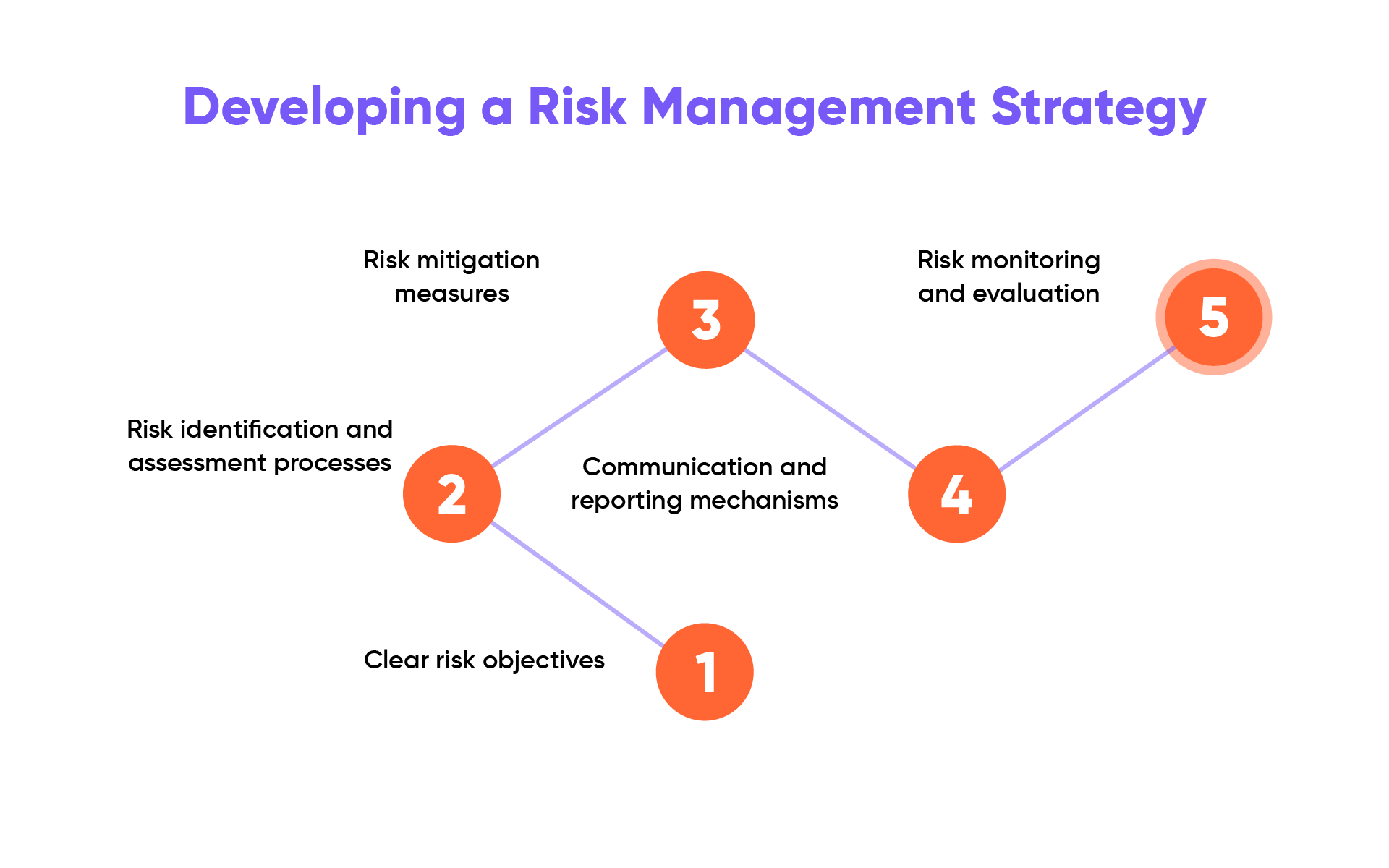
Risk mitigation is part of your overall risk management strategy. It looks at any potential risk you might face, the likelihood of that risk actually happening, and how you can offset or reduce the negative effects that risk might cause. The purpose of risk mitigation is to have a plan that allows you to continue operations but with different elements added to your marketing plan and to allow a business to continue as normal.
Risk Frameworks
Depending on the nature of your business (and its associated market), one of the first things you should consider is having a risk framework in place. These can help your marketing teams evaluate potential risks, manage them if they do happen, and overcome them in the most efficient way possible. Look at the following frameworks and see which one suits you or which you are already using in some way.
1. SWOT
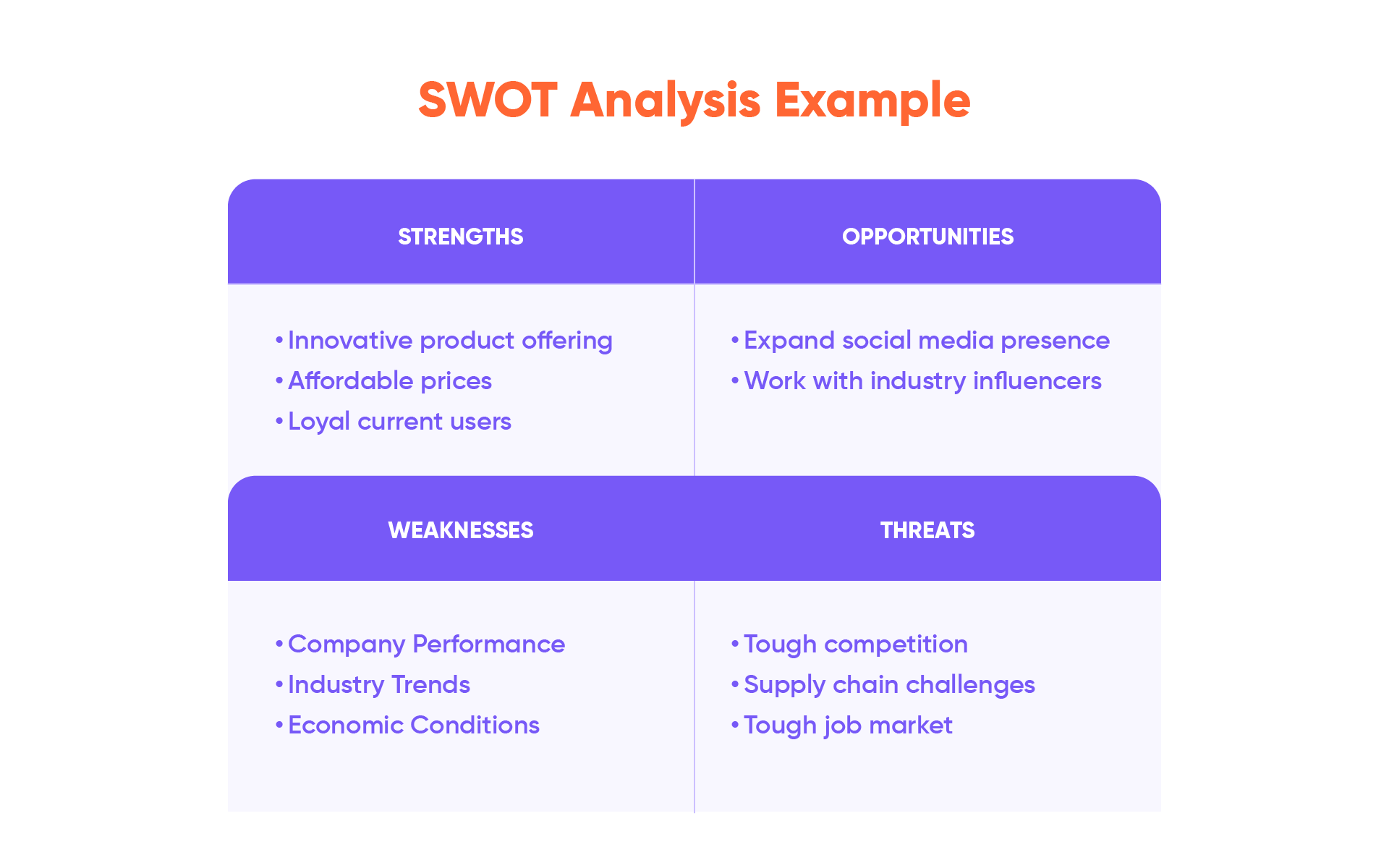
A SWOT (Strengths, Weaknesses, Opportunities, and Threats) analysis can help your team not only identify potential risks but also their strengths and weaknesses, and where opportunities might arise. By knowing these factors in advance, the team can have mitigation plans in place should the worst happen.
2. PESTLE
As the name suggests, PESTLE (Political, Economic, Social, Technological, Legal, and Environmental) looks at the potential external risks that could negatively affect any marketing campaigns and tactics.
3. TOWS
TOWS is an add-on to your SWOT analysis. It focuses on your team-developing strategies that recognize your strengths and weaknesses and match them with any opportunities and threats. With different options on the table, your team should be able to manage risks effectively.
4. OODA Loop
An OODA loop may sound like something from Willie Wonka, but OODA stands for ‘Observe, Orient, Decide, and Act’. It’s about having the ability to make changes to your marketing tactics in real time. For example, a campaign for a global payroll provider may have to be adjusted if a similar product lowers its price point.
Scenario planning
Rather than a standalone framework, you should consider using scenario planning in conjunction with an established framework. It lets your team identify the most likely risks and examine scenarios where they happen. They can then develop plans to mitigate those risks if they happen.
Risk matrix
Another tool that you can use with other frameworks. Using a risk matrix means you have an at-a-glance visualization of what risks you face and how severe their effects might be. This means you can prioritize risks and plan mitigation tactics effectively.
How to Mitigate Marketing Risks
So, you’ve identified a framework (or frameworks) that fits with your business model and how your marketing team operates. Risk mitigation is an area where you should have your sales and marketing teams aligned. How do you move forward so that should the worst happen your team is ready to deal with it?
Research
To effectively mitigate—and effectively market—know both your product/service and the channels you plan on using. By knowing these in depth, you can then make plans if risks arise. For example, a competitor announces a similar payroll product but, through your research, you can highlight features only your product has, such as the ability to garnish wages.
Goals
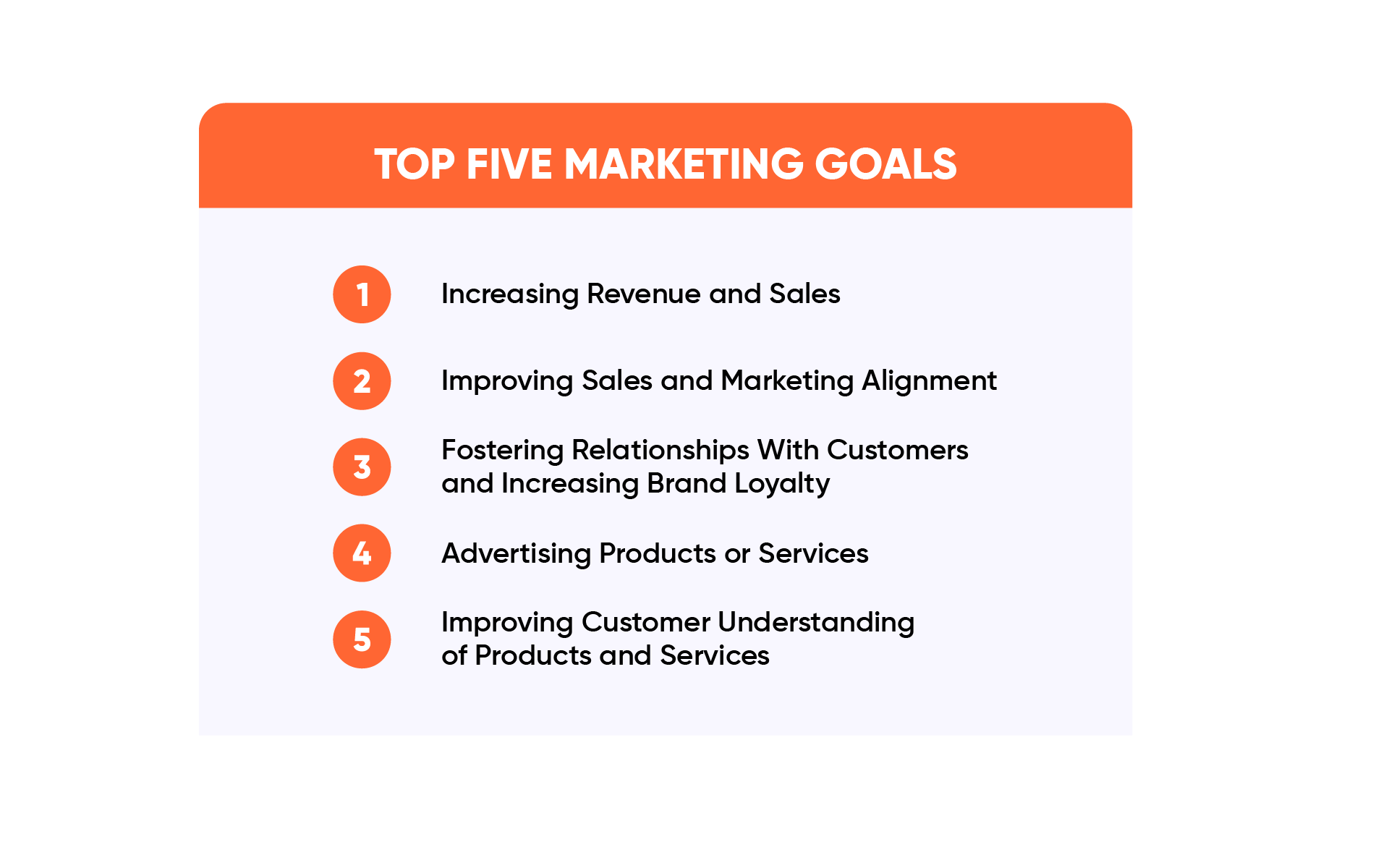
Your marketing campaigns will have clearly defined goals, such as achieving X sales in Y months. Think about this area as a car journey; you know where you want to get to at the end of the journey. Look at alternative routes to your destination and how those routes will affect or align with things such as budget, channels, etc.
ROI
You will have already calculated ROI from your planned marketing spend. How will any risks be happening affect that figure? You want to avoid a loss at all costs, so examine the mitigation tactics to see if they still represent a positive ROI.
Competitors
Competitors can be a major risk factor. While they may often play their cards close to their chest, you can still monitor their activity as much as possible to see if they represent a real risk to any forthcoming campaign.
If you know they plan to launch something similar to you, you can make plans and changes, where needed, such as reduced pricing. You should also be looking at what marketing trends are happening in your chosen market(s).
Test
You will probably do testing such as A/B testing to see how well your content and messaging work. You could also consider testing any backup plans on focus groups or loyal customers to see if it would work when mitigating any risks that actually happen. If you have to make changes suddenly or in real time, it helps to know if those changes will work.
Develop plans
By combining all the things you have learned and researched, you can develop contingency plans that are ready to be used (while hoping they’ll never be needed). Your plan can cover everything from the channels you might use to the pricing to the marketing messaging and content.
Of course, it may be difficult to have a plan for every potential risk, which is where tools like your risk matrix can help. By prioritizing risks, both in terms of likelihood and severity, you can make a plan that mitigates those risks and can optimize your marketing strategies.
The Takeaway
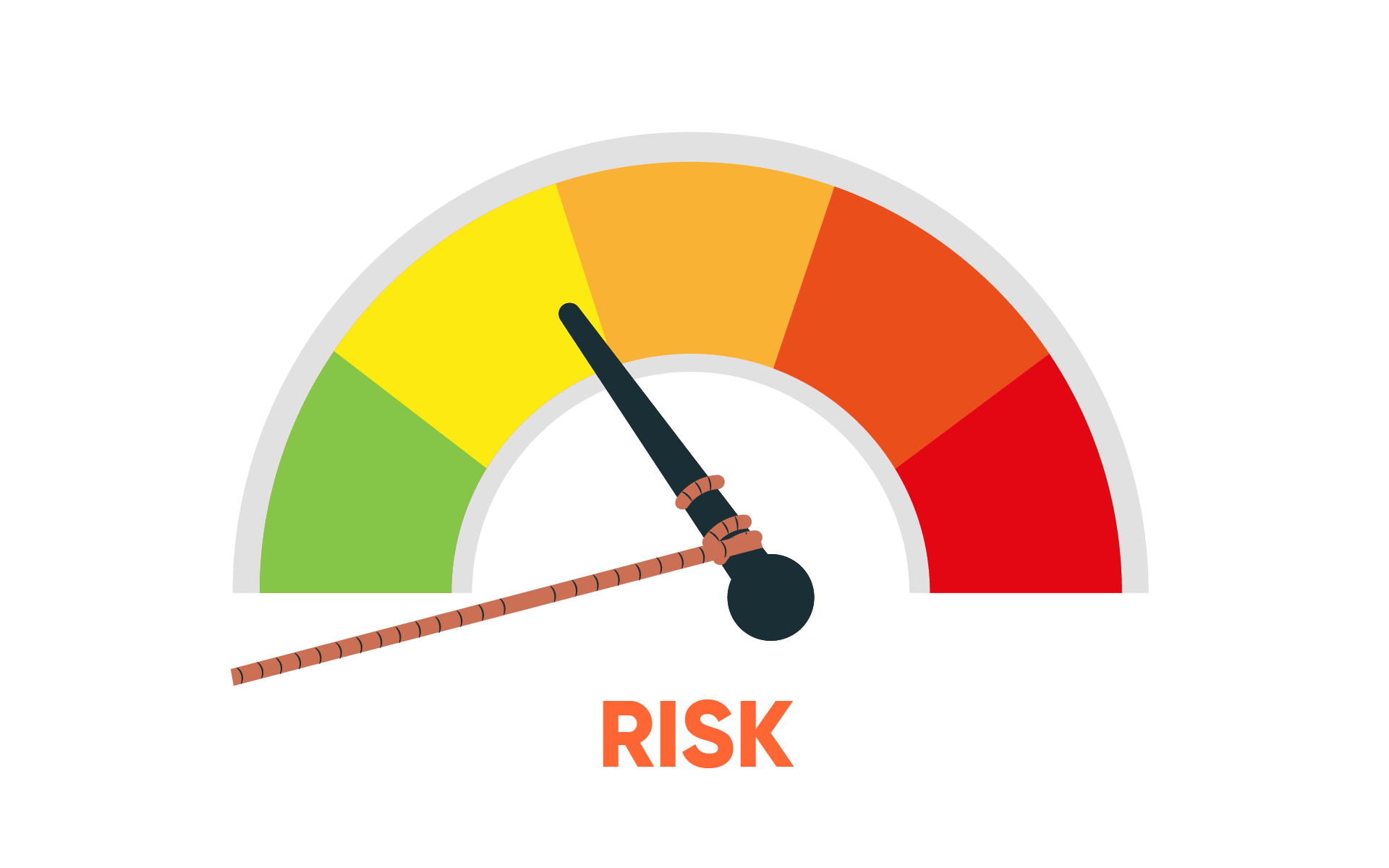
Some risks are unavoidable. For example, your competitor may see your price points and lower their own.
That's why it's so important to mitigate marketing risks and plan for the various eventualities while hoping they never happen.
As marketers face so many potential risks, it can be crucial that you access and analyze each one so you can prioritize and plan.
Mitigating market risks is beneficial to organizations as it identifies potential pitfalls and plans for them. By doing so, they can avoid any losses or even damage to your brand’s reputation.
Predictive analytics is not an exact science, and some deviation from expected results and behavior can happen.
Mitigation means you are prepared for the worst to happen.











